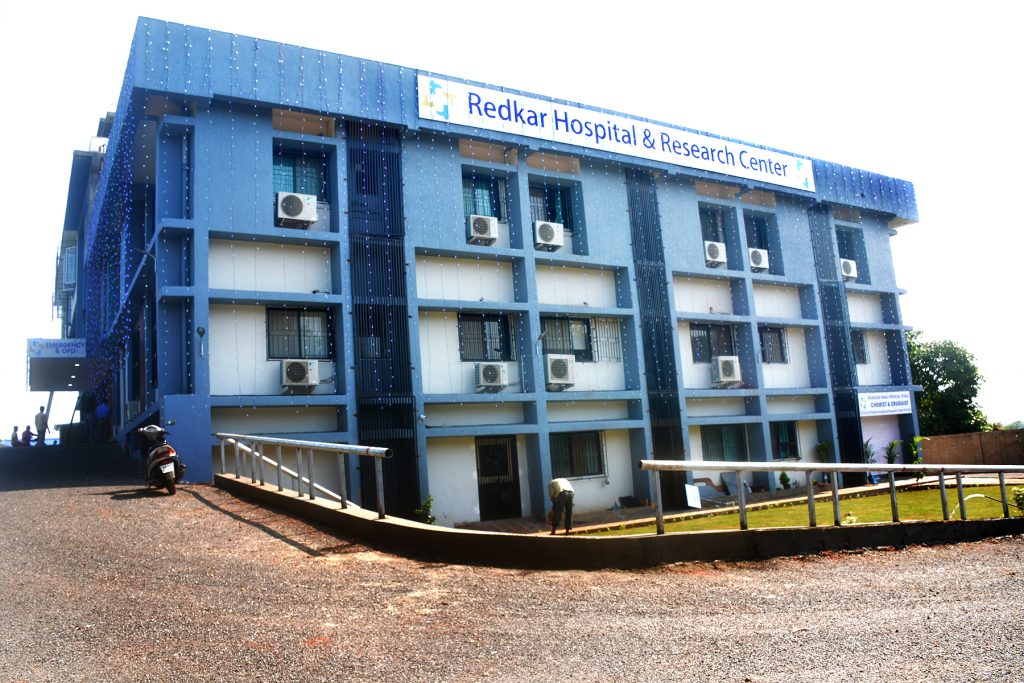Targeting nocturnal hypertension in T2DM: Systematic review of published randomised controlled clinical trials

Authors
Vivek Redkar 1
Sagar Redkar 2
Shraddha Rane 2
Supriya Redkar 2
Mohan Jagtap 2
Darshan Khanolkar 3
Manohar Inamdar 4
S V Kulkarni 5
Navneet Wadhwa 6
Institution
1. Krishna Institute of Medical Sciences, Karad, India.
2. Redkar Hospital and Research Center, Goa, India.
3. Redkar Hospital Neuro Cardiac Center, Maharastra, India.
4. Ashwini Hospital, Akluj- Maharastra, India.
5. Kulkarni Nursing Home, Mumbai, India.
6. AUW Global, Mumbai, India.
Friday, 27 October 2017, 17:40 18:15, Poster Group 1, Poster Number P05
Introduction
• The rising menace of both hypertension and T2DM necessitates an effective pharmacological approach for management of hypertension
• The precise approach would have to be developed to effectively target the patients for an effective BP control to have improved outcomes
Objectives
• To explore the evidence for the approach to effectively target the nocturnal component of the elevated BP through the published Randomised Controlled Clinical Trials (RCCTs)
Methods
• We searched Cochrane Library, pubmed- MEDLINE, IndMED online databases to conduct a systematic review of the published RCCTs evaluating the contemporary approach for effective intervention to target the nocturnal hypertension
• The appropriate filters and Boolean operators were utilised
• Graph pad prism 7.0 version software and t-test was utilised for statistical analysis
Results
• Results yielded 5 published RCCTs over last 8 years (2007 to 2014)
• Only the studies targeting the nocturnal hypertension in T2DM were included for the analysis
• Parameters analysed
• Study design
• Patient characteristics
• Geography of the study,
• Impact factor of the journals
• Intervention
• Duration, and
• Outcomes by using the appropriate statistical methods
• Cumulatively, 1165 patients (mean 233 patients, SD ± 274.7, SEM ± 122.8, minimum 29 patients, maximum 607 patients, 95% CI -108.1 to 574.1, p=0.13) have been evaluated across 5 RCCTs. 
• The range of the studies varied from 11 weeks to 5.4 years
• Europe has contributed to all the available evidence with 3 studies
published from Spain and one each from Denmark and UK
• Based on the impact factor of the journals (mean 4.94, minimum 2.54, maximum 8.42, SD ± 2.84, SEM ± 1.27, 95% CI 1.40 to 8.47;p=0.0002), we formulated an indexed weightage score (mean 100, minimum 51.59, maximum 170.4, SD ± 57.66, SEM ± 25.78, 95%CI 28.41 to 171.6)
• Based on the impact factor of the journals (mean 4.94, minimum 2.54, maximum 8.42, SD ± 2.84,
SEM ± 1.27, 95% CI 1.40 to 8.47; p=0.0002), we formulated an indexed weightage score
(mean 100, minimum 51.59, maximum 170.4, SD ± 57.66, SEM ± 25.78, 95% CI 28.41 to 171.6).
• The evidence suggests that in T2DM and nocturnal hypertension, administration of once-daily antihypertensive drugs at bedtime maybe favourable
• ABPM has been utilised in 4 RCCTs and have consistently evaluated the non- dipping patterns of nocturnal hypertension in patients with T2DM.
• The night dosing of olmesartan increases nocturnal BP fall significantly more than conventional morning dosing, increasing the number of dipper diabetic hypertensive patients.
• 20% cardiovascular risk reduction for each 5 mm Hg decrease in asleep systolic BP mean independently of changes in clinic or any other ambulatory BP parameter has been reported
Conclusions
• Evaluation of the contemporary published evidences reveal that targeting the nocturnal hypertension in patients with T2DM is useful to improve the outcomes
• Adequate control of non-dipping BP is useful to prevent morning surge which would prevent the complications due to hypertension
• Without any costly intervention a simple strategy to alter the timing of the administration of the drug has the potential to reduce cardiovascular morbidity and mortality
Bibliography
1. Hypertension. 2014 Nov;64(5):1080-7
2. Am J Hypertens. 2012 Mar;25(3):325-34
3. Diabetes Care.2011 Jun;34(6):1270-6
